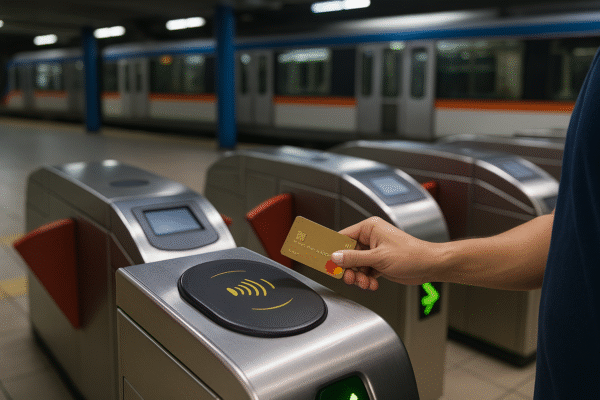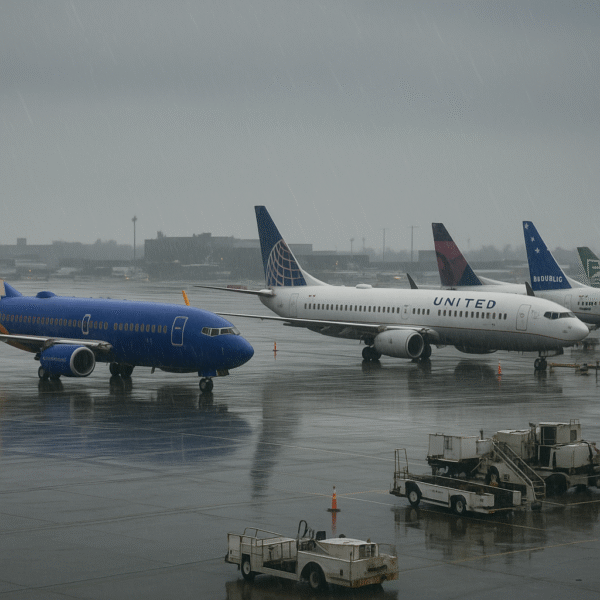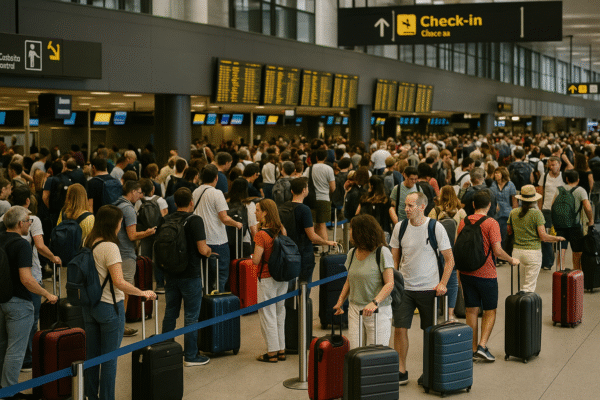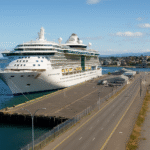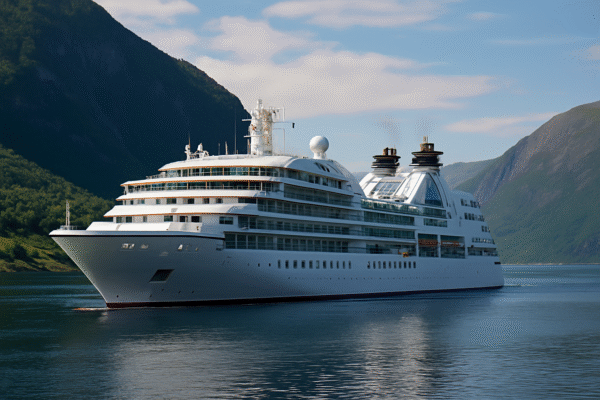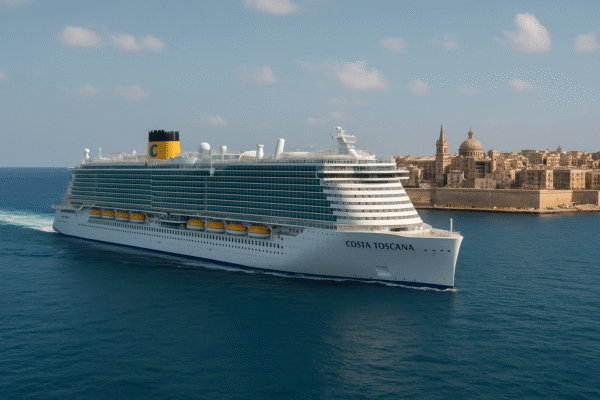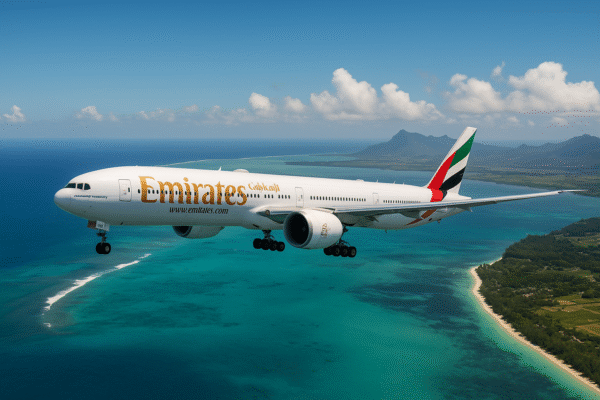Commuters in the bustling heart of the Philippines are now riding faster and smarter. In a landmark development aimed at modernizing public transport, Mastercard has rolled out contactless payment technology on Metro Rail Transit Line 3 (MRT-3). The move allows passengers to tap their Mastercard debit, credit, or prepaid cards—or use NFC-enabled Android smartphones with compatible e-wallets—to pay their fare at MRT-3 turnstiles, completely bypassing traditional ticketing systems.
This advancement reflects a major step toward the Philippines’ broader urban mobility modernization agenda, aligning with national goals to make public transportation faster, safer, and more user-friendly. The Department of Transportation (DOTr) and Mastercard’s partnership marks the country’s transition into open-loop transit systems, where commuters use standard banking products instead of transport-specific cards.
Convenience at Your Fingertips
By simply tapping a card or phone, riders can access MRT-3 without queuing for tickets or handling cash—a welcome convenience in Metro Manila, a megacity of over 13 million residents. The initiative supports the government’s “Build Better More” infrastructure program, which includes smart mobility components and aims to transform commuting across the capital region.
This system is compatible with all Mastercard-branded cards and Android smartphones equipped with Near Field Communication (NFC) and supported e-wallets. Commuters can also use wearables and devices with Mastercard credentials linked to digital wallets, turning their daily ride into a seamless, tech-powered experience.
Boosting Security and Efficiency
The new tap-and-go technology isn’t just about speed. Mastercard brings to MRT-3 the same advanced security protocols it has deployed in global cities like London, Sydney, and Singapore. Features such as tokenization and fraud protection algorithms ensure that each tap remains secure and private.
According to Mastercard Philippines Country Manager Simon Calasanz, “We’re proud to support Metro Manila’s urban mobility shift. This solution not only increases rider convenience but brings world-class security and efficiency to everyday commuters.”
A faster transaction time at entry gates also contributes to reduced platform congestion, smoother passenger flow, and shorter queuing times during peak hours—critical improvements for the heavily used MRT-3 line, which spans 13 stations from North Avenue to Taft Avenue.
A Regional Trend Toward Open-Loop Systems
The Philippines is not alone in embracing this model. Across Southeast Asia, countries are transitioning toward open-loop transit to support digital economies and reduce cash dependency. Singapore’s EZ-Link alternative and Malaysia’s MyDebit transit integrations are already showing measurable success in ridership satisfaction and operational streamlining.
The Bangko Sentral ng Pilipinas (BSP) has long advocated for increased digital payment adoption. Through the Digital Payments Transformation Roadmap 2020–2023, BSP aimed to shift 50% of all payments to digital channels by 2023—a target well within reach, thanks in part to smart mobility innovations like this one.
In a recent statement, BSP officials emphasized how open-loop payments in transport are essential to achieving inclusive finance. “The inclusion of widely used fare media like Mastercard further democratizes access to efficient transport,” said BSP Deputy Governor Mamerto Tangonan.
Government and Industry Collaboration
The contactless rollout was made possible through coordination among Mastercard, the Department of Transportation, MRT-3 operators, and digital payments infrastructure providers. DOTr Secretary Jaime Bautista praised the partnership, stating, “This collaboration underscores our commitment to bring Filipino commuters into a future where public transport is smarter, safer, and more inclusive.”
He added that future expansions will likely include Light Rail Transit Lines 1 and 2 (LRT-1 and LRT-2), as well as other bus and ferry services in Metro Manila and key provincial cities like Cebu and Davao.
A Glimpse into the Future of Filipino Mobility
This initiative places the Philippines alongside global smart transport pioneers. With digital payment penetration accelerating and commuters demanding more convenience, MRT-3’s transformation is a blueprint for what’s to come in the nation’s evolving transport landscape.
As Mastercard continues deploying smart mobility tools in urban transit systems, Filipino commuters are expected to benefit from innovations such as fare capping, travel history access, and integrated multi-modal payments in the near future.
In the long term, these improvements can help reduce traffic congestion, support environmental sustainability by promoting public transport use, and stimulate tourism by making the visitor experience smoother and more modern.
For both residents and international travelers, the ability to use a familiar Mastercard card or e-wallet to explore Metro Manila makes the city feel more globally connected and easier to navigate.
For more travel news like this, keep reading Global Travel Wire

